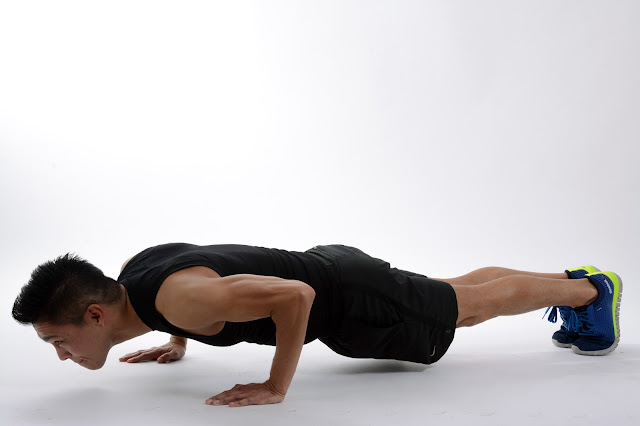Setting up a Home Gym
Many clients ask for my advice in setting up a home gym. Working out at a home gym has many advantages over a commercial gym:
- You save time. For a commercial gym, you have to drive to there and from there. For a home gym, however, your commute time is ZERO.
- You can workout whenever you please. Whereas most commercial gyms have business hours, your home gym is open to you 24/7. So you have no excuse to miss a workout.
- You save money. Once you make the initial investment on the home gym equipment, that's it. No initiation fees. No membership fees. Many commercial gyms require initiation fees, which often cost as much or more than the cost to setup a home gym. By setting up a home gym, you save money in the short term and even more in the long term.
- You get a better workout. How often have you worked out at a gym and waited for the equipment to be free? Do you think you're getting a good workout if you have to wait 5-10 minutes between every exercise? In your home gym, you don't have to wait. You don't have to put your workout on hold, because some screwball is curling a barbell inside the squat rack.
- You have no distractions. There are no sweaty, obnoxious people in your home gym (unless you happen to be one).
If setting up a home gym interests you, then let me make some suggestions to help you minimize the cost. First and foremost, always go with free weights. Machines are costly and take up a lot of space. Dumbbells and barbells, however, are versatile and can work every body part.
Second, take a look at the amount of space you have available. This factor will determine your equipment purchases much more than price. Here are the equipment plans I usually suggest based on space:
Apartments. If you're living in a cramped studio apartment, then buy yourself a pair of adjustable dumbbells and a set of resistance bands. You can get a complete full body workout with just these two pieces of equipment and some body weight exercises.
Garage or large room (low ceiling). If the gym space you're using has a low ceiling, then I suggest the following:
Garage or large room (high ceiling). If the gym space you're using has a high ceiling, then I suggest the following:
- a squat rack with a high/low pulley station (measure the height of the pulley station and make sure it will fit in your room before you purchase it)
- an adjustable bench
- an Olympic barbell
- a pair of adjustable dumbbells
- 300 lbs. of weight (or however much weight you will need)
- a calf block
- rubber matting for the floor
Garage or large room (high ceiling). If the gym space you're using has a high ceiling, then I suggest the following:
- a power rack for squats and pull-ups
- an adjustable bench
- an Olympic barbell
- a pair of adjustable dumbbells
- 300 lbs. of weight (or however much weight you will need)
- a calf block
- rubber matting for the floor

Comments
However, some good resistance bands and adjustable dumbbells are just a small step towards a full-featured small-space gym. Determining good anchor points for resistance bands and perhaps buying a PT ball to make those dumbbell presses harder is the next step.
Probably an even better step to take before all of this is to beef up on your bodyweight exercises. What equipment and how much space do you need to do clap push-ups, dips, or pistols? (one-legged bodyweight squats)
I detail my approach in this article: Home Gym Equals Success! There is also another article where I break down the approximate cost of a basic equipment setup for such a small space: Studio Apartment Home Gym Part 2: Costs